The 20 Biggest Differences Between AMC's The Walking Dead And The Original Comic Book
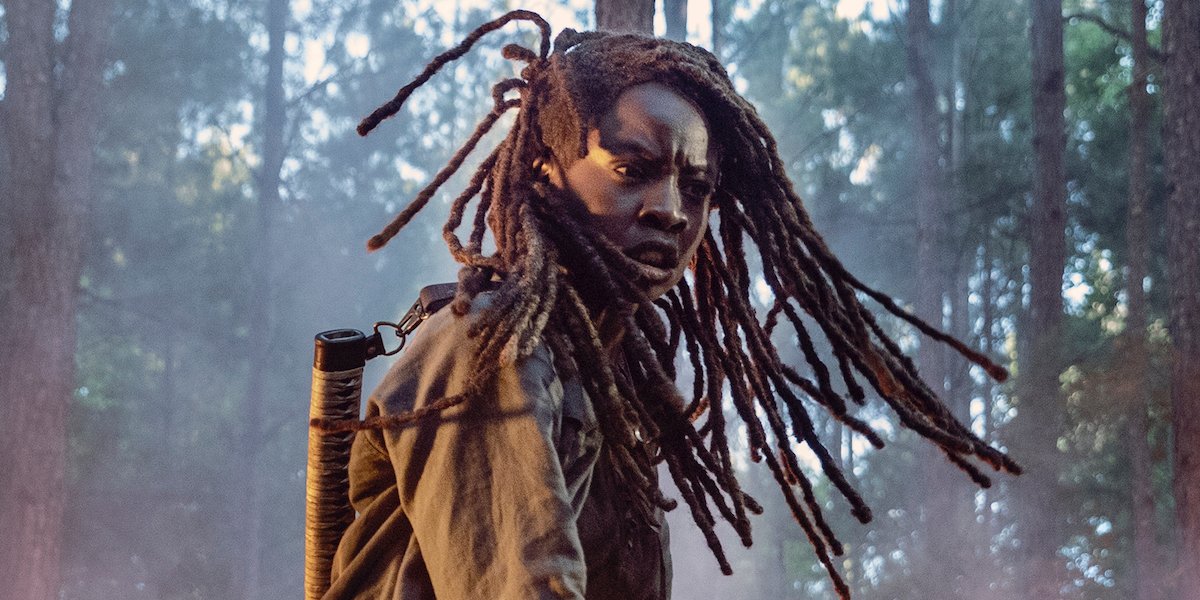
As it heads into its tenth season on AMC, The Walking Dead has more than established itself as a TV show independent of its comic book source material, to the point where the two mediums don't have nearly as much in common now as they did in the earlier years. From main character details to big death switch-ups to location introductions, AMC's The Walking Dead has always found ways to keep comic readers (and non-readers) on their toes.
Below, we've rounded up the 20 biggest differences between The Walking Dead TV show and Robert Kirkman's comic book series. Everyone's mileage will vary on some of these, and others will wonder about particular exceptions, but as Negan might say it, let's put aside those shit-talking pants and put on our agreeing pants. Spoilers for The Walking Dead comic book and TV show are below, so be warned.

TV Rick Was Directly Told The Truth About The Walking Dead Virus
In the Walking Dead comic book, Rick Grimes had to learn for himself how the zombification process worked. He eventually discovered that all humans were destined for walker-dom, regardless of whether or not they got bitten.
Meanwhile, Andrew Lincoln's Rick Grimes got that update delivered straight to his ears in the Season 1 finale, thanks to Noah Emmerich's CDC virologist Dr. Edwin Jenner. In Season 2, Rick realized Jenner's words were truthful after Shane's unbitten corpse was resurrected. For what it's worth, Robert Kirkman wishes he could take that episode back for that very moment.
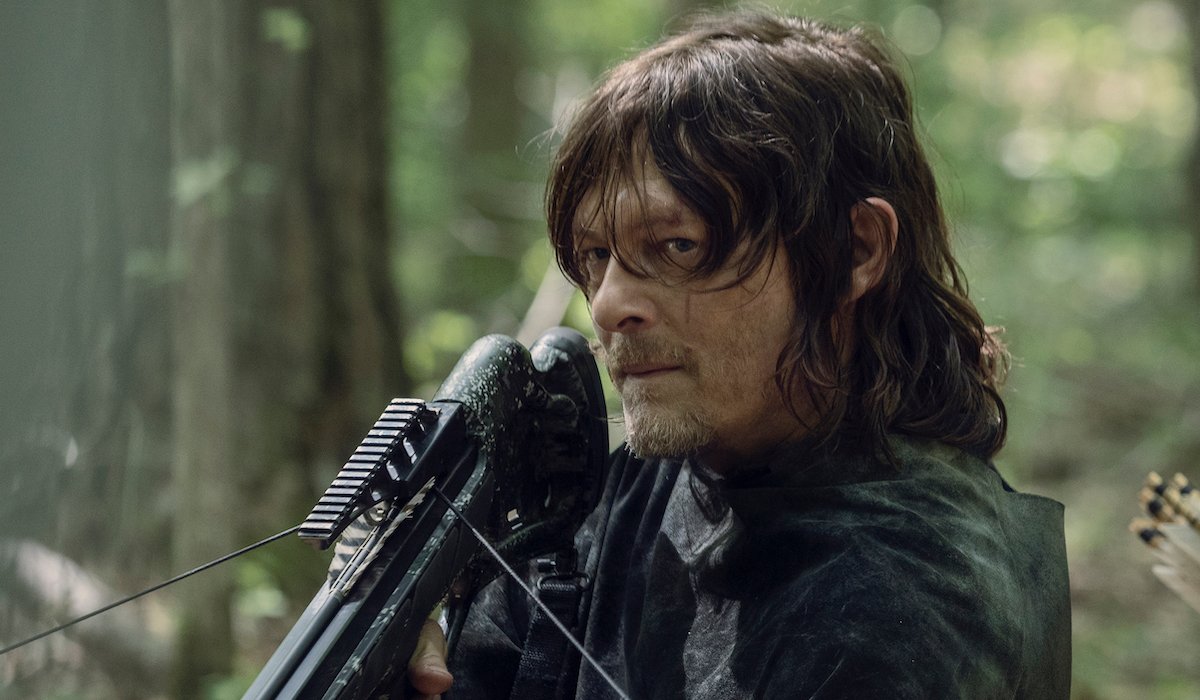
Daryl Dixon's Existence On TV
Naturally, there are plenty of characters in The Walking Dead universe that don't exist across all properties. (For instance, the Telltale video games' Clementine has yet to show up outside of digital form.) But no standalone character has made a bigger impact on this universe than Norman Reedus' Daryl Dixon.
Created specifically for the AMC TV show, Daryl Dixon was initially envisioned as less of a badass and more of a drug addict, but Norman Reedus helped to whittle the character down to the rebellious outsider that Walking Dead fans have been adoring since the beginning. Not only has Daryl survived, but he's been a headline star for quite a while, and all without a comic book origin to fall back on.
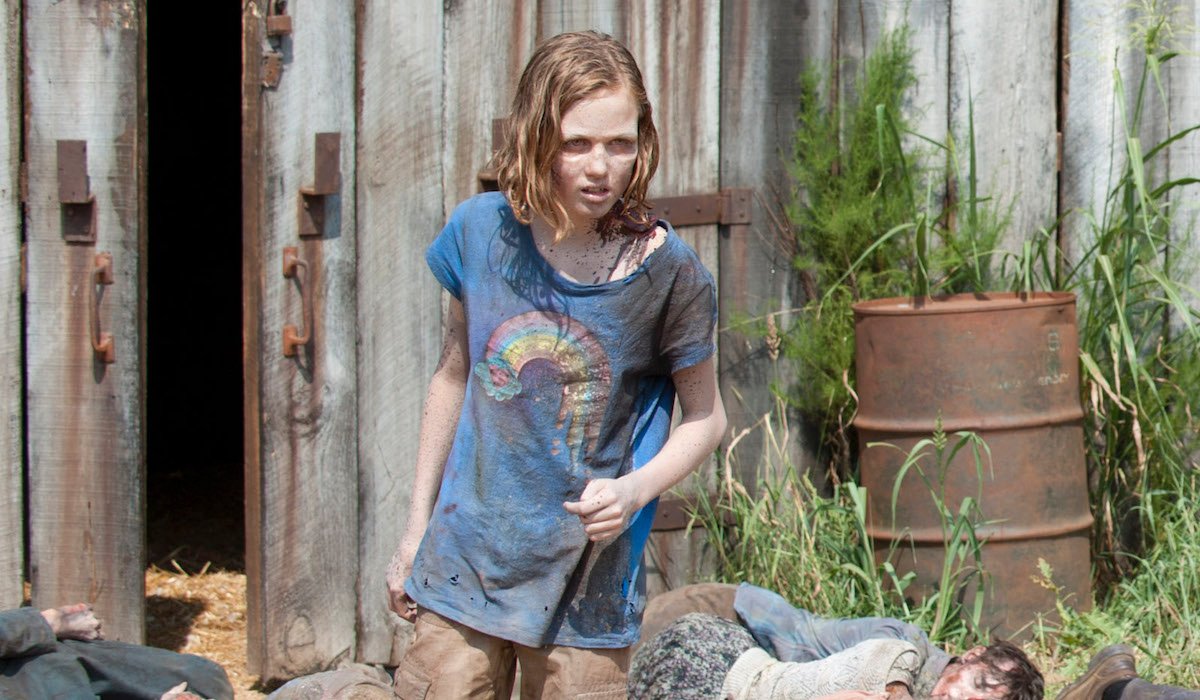
Sophia Never Turned Into A Walker In The Comics
Ask any Walking Dead fanatic about the TV show's biggest missteps, and the conversation will definitely touch upon Season 2's unfortunately staggered hunt for the missing Sophia. The lead-up was something of a drag, but the big reveal of Sophia exiting the barn with Hershel's other walkers was one of the more memorable moments in the early seasons, and heavily informed Carol's psyche.
Your Daily Blend of Entertainment News
Comic Sophia, meanwhile, never suffered such a depressing fate, and by the time the comics ended, Sophia had outlived her mother Carol by many years. (More on her below.) She served as a surrogate daughter for Glenn and Maggie, and was Carl's best friend for years, later marrying and having a daughter (Andrea) with him. All free from walker bites, too.
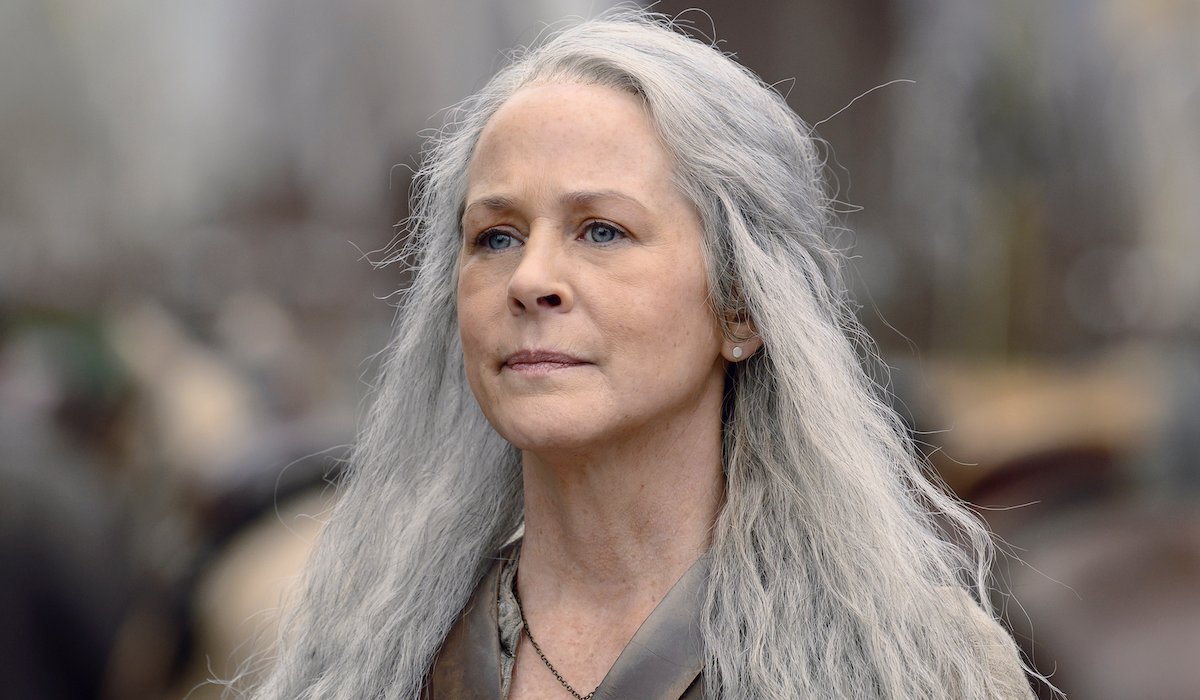
TV Carol Far Outlived Comic Carol
On the flip side of Sophia surviving in the comics and not on TV, Melissa McBride's Carol has been around from the very beginning – or at least the third episode – and has become just as important as any other live-action character. From her friendship with Daryl to her relatively short-lived marriage with Ezekiel to the many tragedies she's endured (and caused), Carol is irreplaceable.
Which makes it all the more surprising that Carol is comparatively such a forgettable character within the Walking Dead comic books. She never got to break out of her co-dependent shell, and thus never reached a point where she could stand apart from the pack. Stricken by mental trauma, Comic Carol committed suicide-by-walker, seeking a way to end her constant suffering.
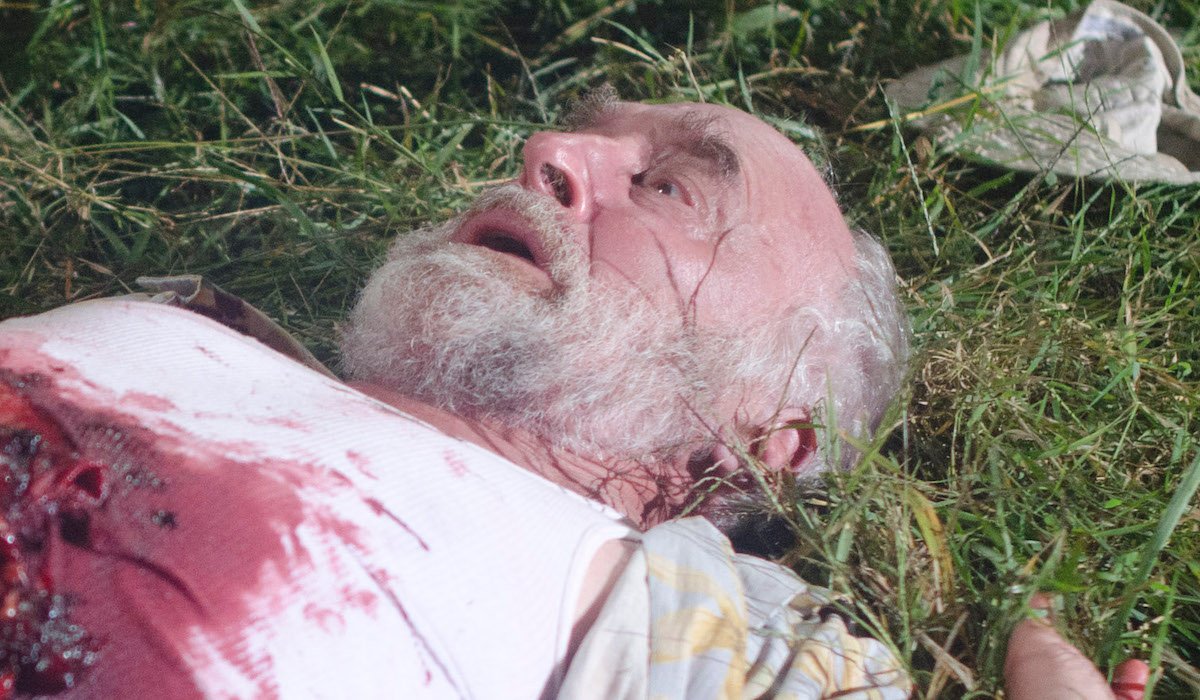
Dale's TV Death (And More) Was Totally Different
For a relatively short span, Jeffrey DeMunn brought a quirky warmth to the role of Dale Horvath on The Walking Dead TV show, and the character shared little in common with his comic counterpart beyond the RV. On TV, Dale was attracted to Andrea, but it wasn't reciprocated. In Season 2, Carl inadvertently caused Dale's death by moronically enticing the walker that would eventually find and disembowel Dale in one of The Walking Dead's most gruesome deaths. (Dammit, Carl.)
Over in the comics, though, Dale and Andrea got romantic fairly early on, and even took a couple of kids under their wing, though that latter situation did not go well in the end. Though Comic Dale was bitten by a walker, he hid the bite from others and soon became a victim of the cannibalistic Hunters, who kidnapped him and chowed down on his leg. (That moment was revamped for the TV series with Bob's leg in Season 5.) His death, though, technically came when Andrea shot him to prevent reanimation.
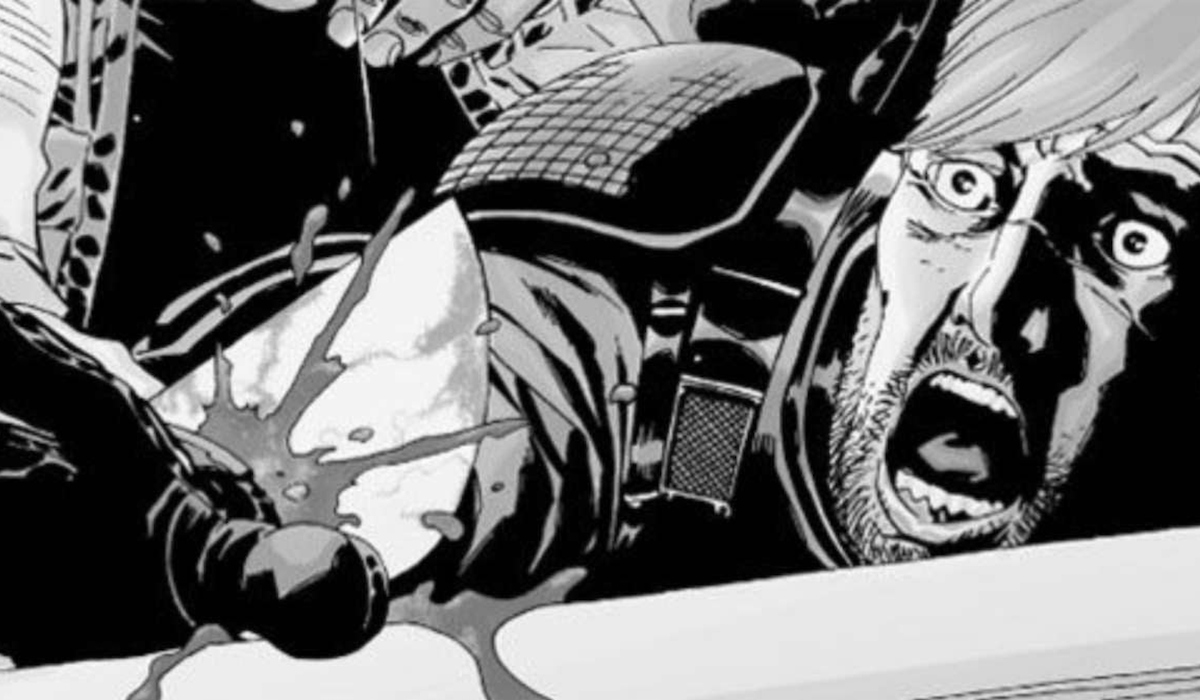
Andrew Lincoln's Rick Never Got His Hand Chopped Off
Of the many distinct features that Rick Grimes had in The Walking Dead comic book, perhaps the most unique was his missing hand, which got lopped off by the Governor after Rick, Glenn and Michonne discovered the Woodbury community for the first time. Losing a limb was definitely humbling for Rick, but it was also a core example of the character's strength and determination as he attempted to rebuilt society.
But for all that fans clamored for it, The Walking Dead TV show never adapted that particular element of Rick's journey. On the one hand, it's understandable, and the creative team defended the decision by saying it was too expensive to do, since it would have required a lot of CGI manipulation any time his hands were seen on screen. But on the other hand...wait, there is no other hand.
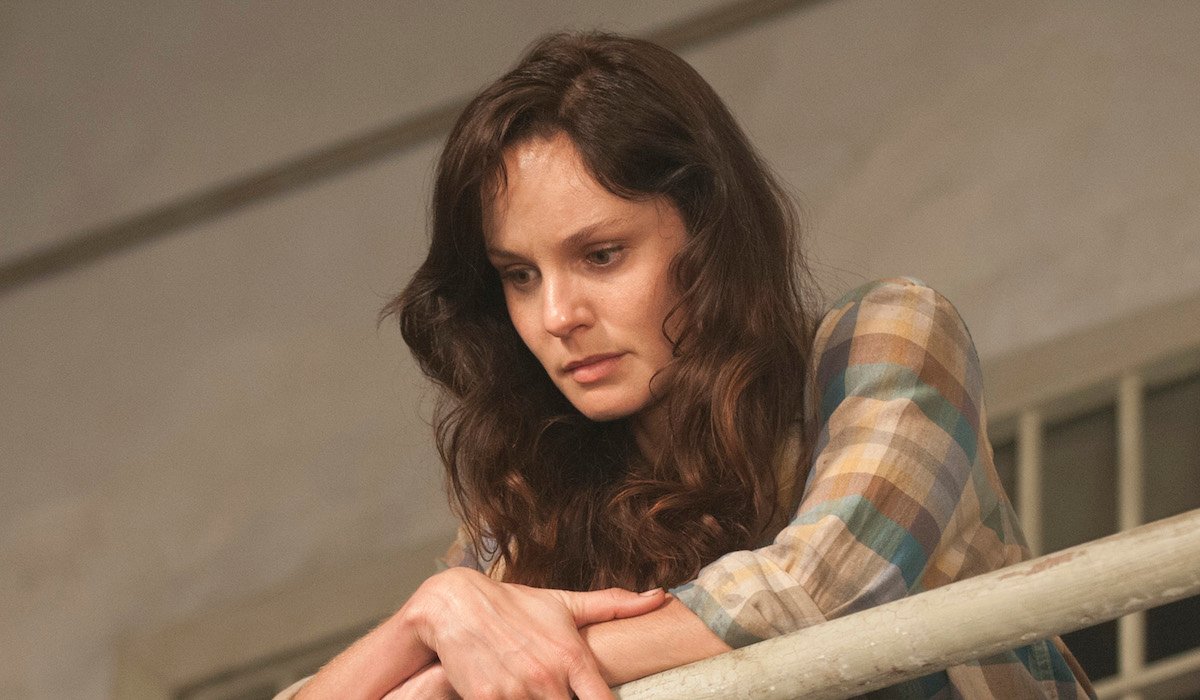
TV Lori's Death And TV Judith's Non-Death
One of the biggest tragedies in Rick's life in both mediums was Lori's death, an event that went in a completely different direction when adapted for AMC's TV show. For The Walking Dead's comic, Lori was trying to hide in the prison with the infant Judith when she was shot by Woodbury resident Lilly. Tragically, Lori landed on top of Judith, who suffocated in the aftermath.
The TV show managed to keep Judith alive, thought he situation was no less dour. Lori was still pregnant during the prison raid in Season 3, and she ended up giving birth to Judith with the much-needed help of Maggie (much to Lauren Cohan's chagrin). Unfortunately, the lack of medical supplies severely complicated things, and Lori died after the delivery. Judith, meanwhile, grew up to become a lovely walker-stomping young girl. At least the TV show maintained the notion that Rick had telephone-centric mental breakdown after her death.
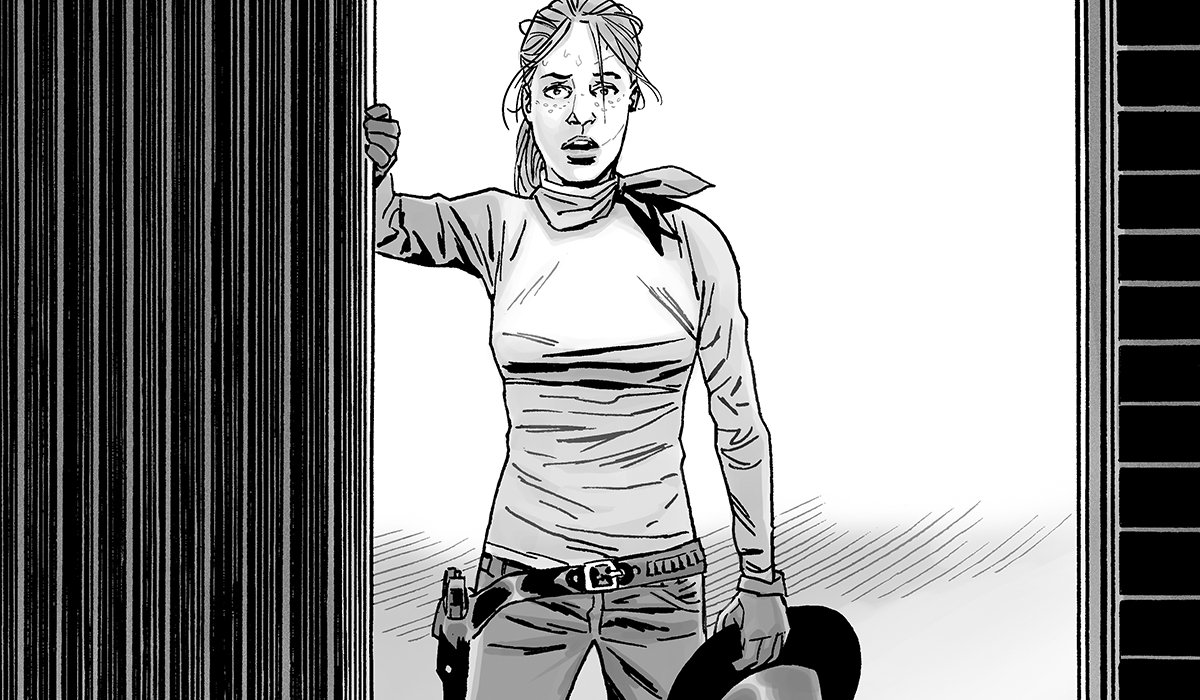
Andrea Survived So Much Longer In The Walking Dead Comic
While Laurie Holden's Andrea may have started off down a path somewhat similar to the comic book character's, all bets were off in Season 3 when Andrea arrived in Woodbury and gobsmackingly decided to become The Governor's new pal, which Holden thought was nonsense. Her fate was sealed after she later came to her senses, with the Governor locking her in a room with a zombified Milton (eventually), who bites her. She later commits suicide to avoid turning.
None of that happened in the comics, though, where Andrea ended up becoming the longtime romantic love of Rick's life and surrogate mother to Carl, as well as one of the source material's most fleshed-out characters. Her death came way later in the storyline, as she was bitten by a walker while trying to save Eugene in the midst of a giant herd.
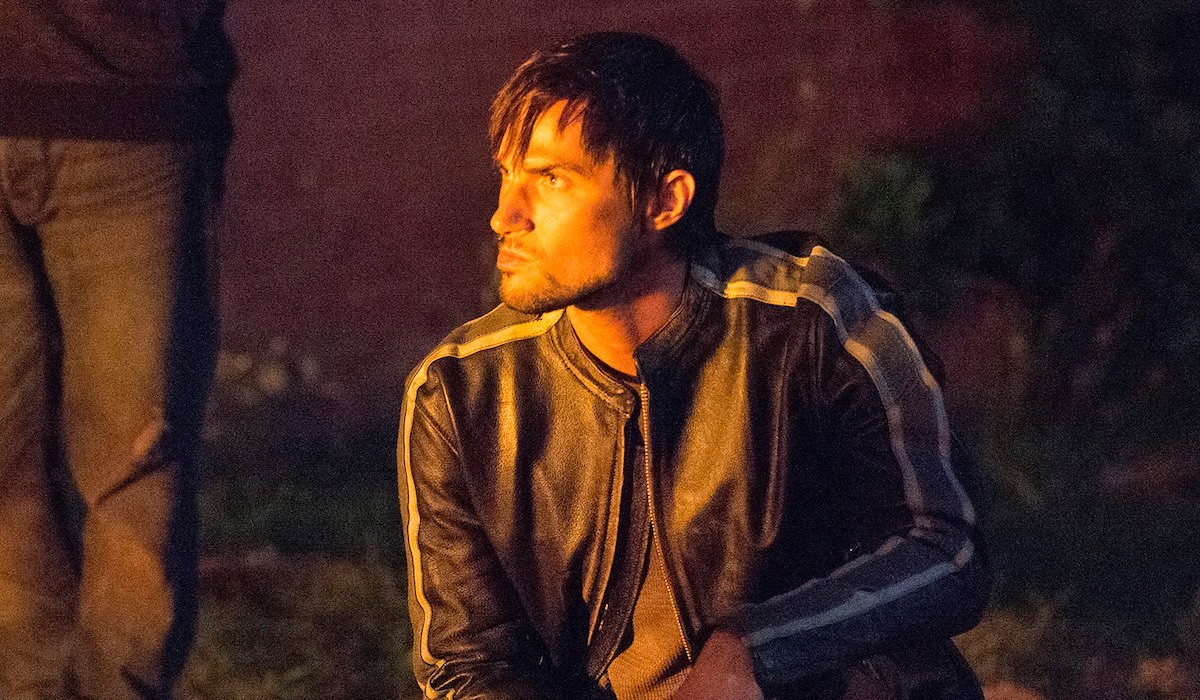
The Walking Dead's Cannibal Crew Changed For TV
The Walking Dead comics first hit upon the topic of cannibalism with the introduction of Chris and the Hunters, who succumbed to eating other humans once food became too scarce. Their methods were usually to aim for lone survivors or small groups, with Dale's leg providing one of their final meals.
The TV show ramped up the character development in remixing the Hunters as the Terminus villains (dubbed Terminants). Led by Gareth and his mother Mary, the Terminus clan started off as kind-hearted and philanthropic, leaving messages and markers to direct people to their safe (for a time) haven. After bandits trashed everything and kept the Terminants captive, the latter eventually escaped and, having been starved, ate the bandits. They ate infected Bob's leg in a callback to Comic Dale, and they're later all brutally slaughtered by Rick's group.
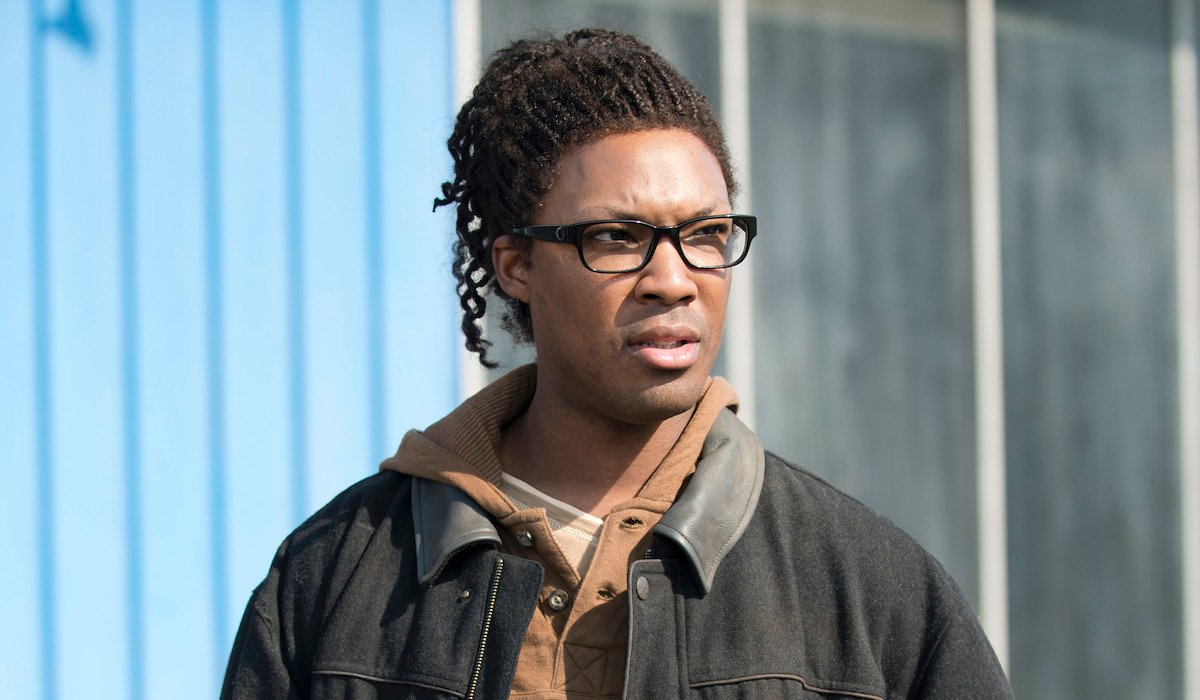
Heath Disappeared From The TV Show
Heath was introduced in the comics and the TV show as a resident of the Alexandria Safe-Zone, and in both versions, he rocked a signature head of dreadlocks. That's about where the similarities ended between the two versions. In the comics, Heath was often seen as being motivated and eager to help out, even after he lost his leg in the Saviors War, though not as much. He managed to survive to the end of the series' run, too.
TV Heath, however, has done only a small percentage of what his comic counterpart has, largely because actor Corey Hawkins' career peaked after he landed The Walking Dead, thanks to Straight Outta Compton. After he nabbed the lead role in 24: Legacy, Hawkins was written out of the AMC drama in the weirdest way, with him disappearing from a run he took with Tara that got sidetracked by walkers and Oceansiders, leaving behind only a card with "PPP" marked on it. Here's hoping he shows up in the Rick Grimes movie.
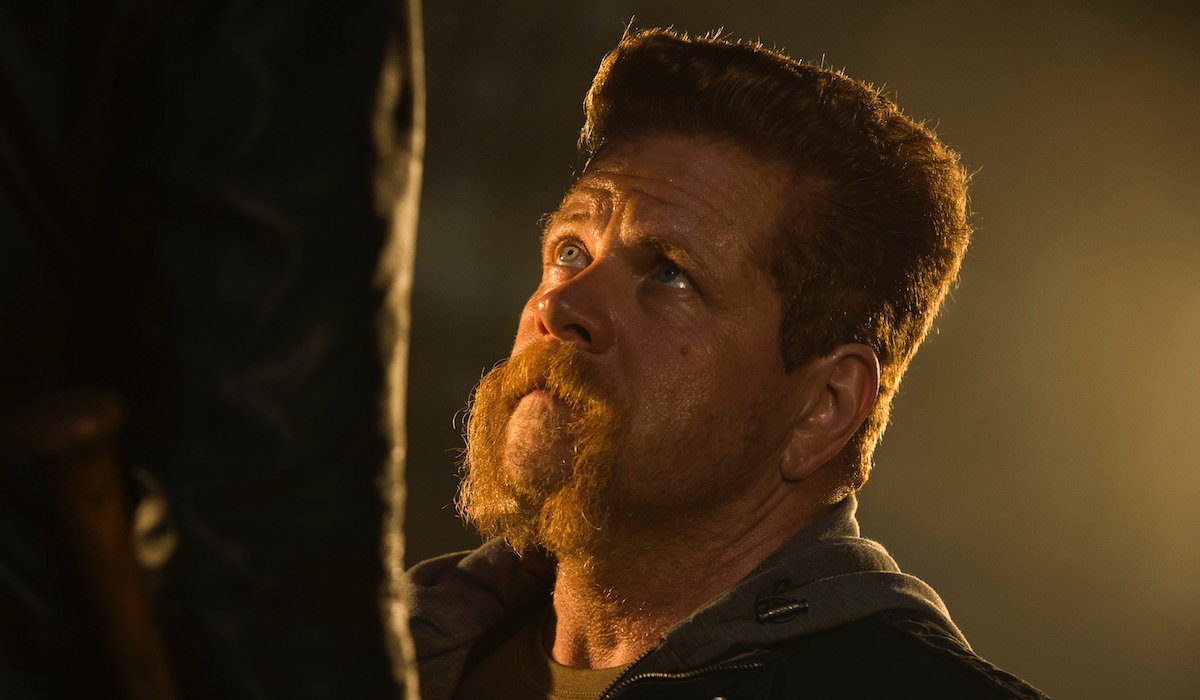
Negan Also Killed Abraham On TV
Built like a brick house, Abraham seemed for a while like he'd be impossible to take down in the comic book. Unfortunately, Savior Dwight did just that by putting a crossbow bolt through the back of his head, causing one of the most uncomfortable moments as he continues the sentence he was in the middle of. (Denise got that particular death moment in the. TV show.)
In The Walking Dead's Season 7 opener, Jeffrey Dean Morgan continued Negan's grand introduction by changing up one of the comic book's defining sequences. But instead of bashing only Glenn's brains in, Negan also took out Michael Cudlitz's Abraham, which was partially influenced by Daryl's feisty ass. More uncomfortable than Comic Abraham finishing his thought post-crossbolt was the way TV Abraham's leg kept shaking.
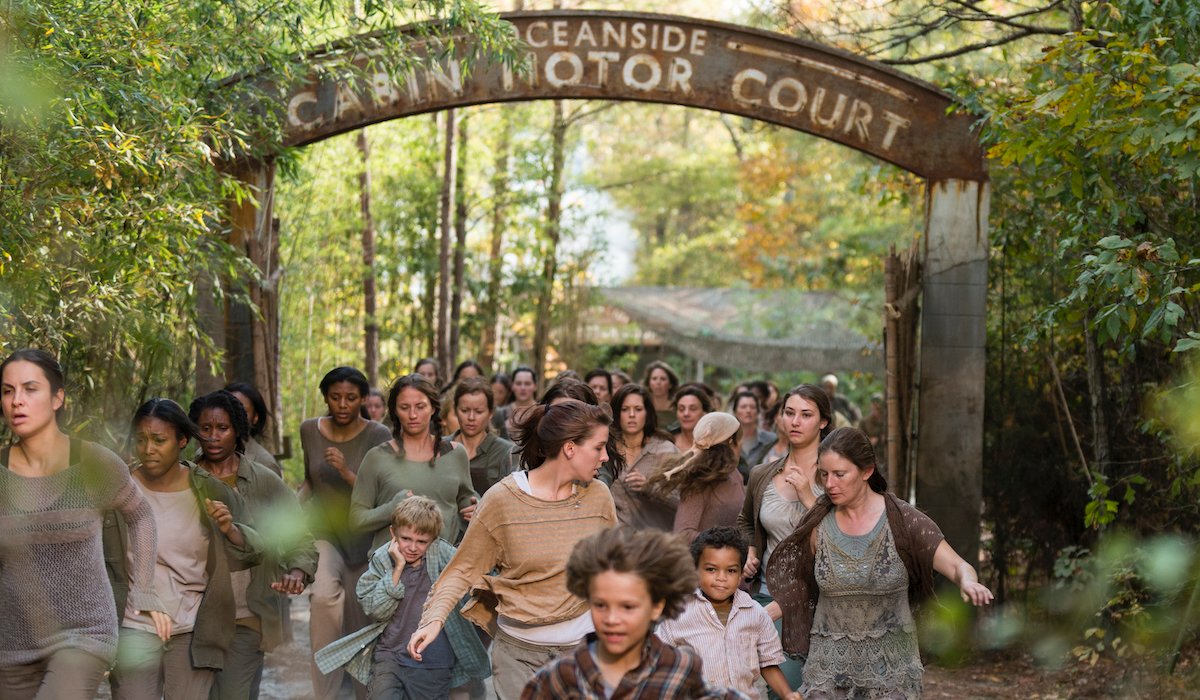
Oceanside Actually Involved The Ocean In The Comic
Though not a lot of time was spent in Oceanside in Robert Kirkman's comic book, it's where Michonne spent a lot of time in the aftermath of the All Out War, wanting to get away from it all. It first appeared just as the Whisperers storyline was starting up, as Michonne returned to the protagonist communities. The only other known member of the community, which supplied seafood and other supplies, was Pete, who got further developed in Telltale's The Walking Dead: Michonne.
As TV fans know, the live-action Oceanside was first discovered by Tara, and was the name of an RV park. This version of Oceanside was inhabited by a group that consisted solely of female survivors. All of the male residents had been murdered, and it was later revealed that Simon and other Saviors were responsible for the genocide.
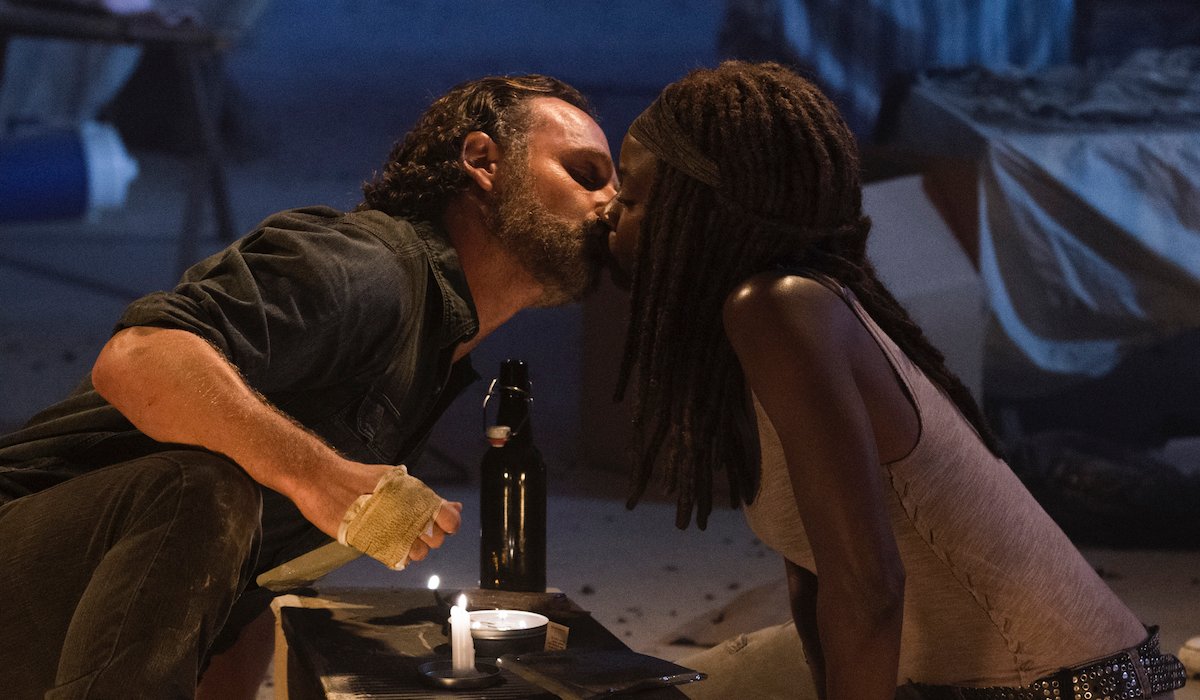
Richonne Is Exclusively A TV Relationship
Romance doesn't come easy in the post-apocalypse, but at one point following Rick's ill-considered courtship with Alexandria's Jessie, he and Michonne suddenly each found themselves on the opposite end of the other's attraction. Richonne became The Walking Dead's most celebrated romance after Maggie and Glenn, and memories of those days live on in the form of their son R.J.
Rick and Michonne had a very relationship in the comic book as well, to be sure, but it was more as leaders within a community, as opposed to lovers. After all, Rick and Andrea were a big item in the comic, while Michonne dated Tyreese, Morgan, and then Ezekiel.

Carl Never Died In The Comic Book
During Season 7, The Walking Dead TV show delivered one of the biggest shocks ever when the midseason finale revealed that Carl was a goner, having secretly been bit by a walker in a previous episode. After helping his family and everyone else stay safe amid the Saviors' attack on Alexandria, Carl committed suicide to avoid turning into a walker.
None of that happened in the comics, though, where Carl turned into a righteous badass as time went by and he got older, following in his father's footsteps, but not so closely that he made all the same bad choices. Carl was still alive by the end of The Walking Dead's final comic issue, having outlasted his TV version by decades.
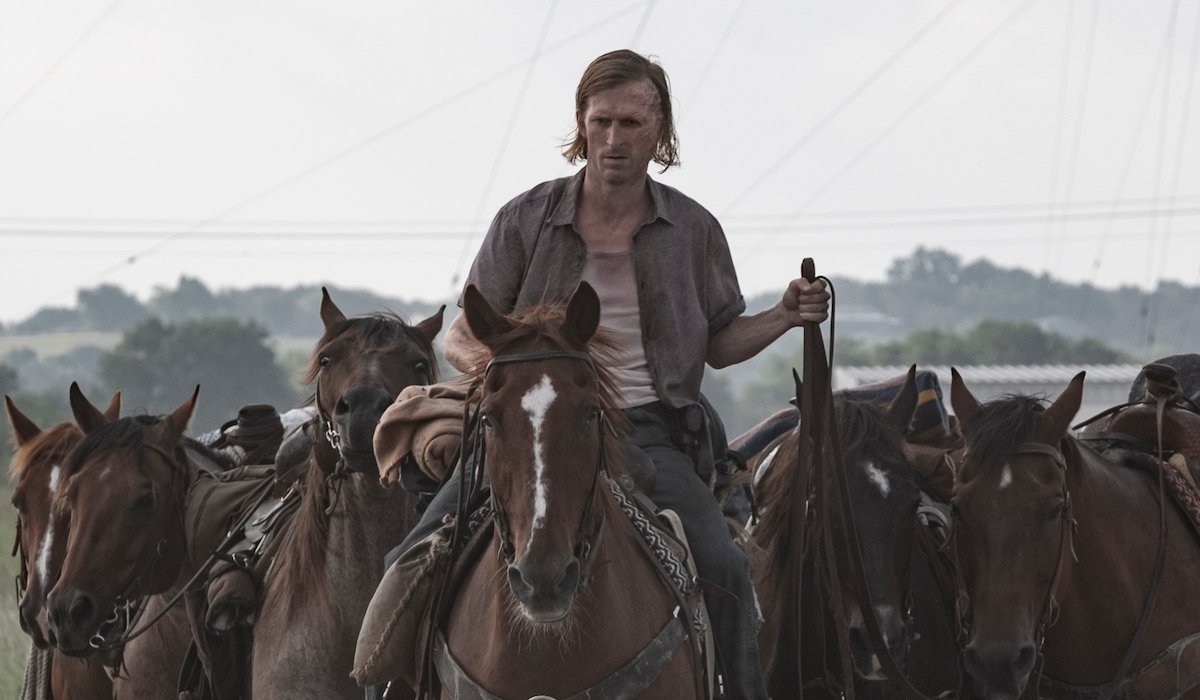
Comic Dwight Remained Part Of The Communities
The Walking Dead TV show started changing up Dwight's story from the very second he was introduced with Sherry as on-the-run fugitives from Negan's Saviors. Beyond other minor changes during the All Out War, Dwight's story took a leap when he completely vacated the AMC drama at the end of Season 7, only to turn up on Fear the Walking Dead Season 5 with a smiling face.
Comic Dwight remained a part of the central communities after Negan was ousted, and indeed enjoyed his former leader's imprisonment. However, that version of Dwight was also shaded so that his loyalty often remained in question, with his overall appreciation for Rick's efforts eventually diluted by his renegade spirit.
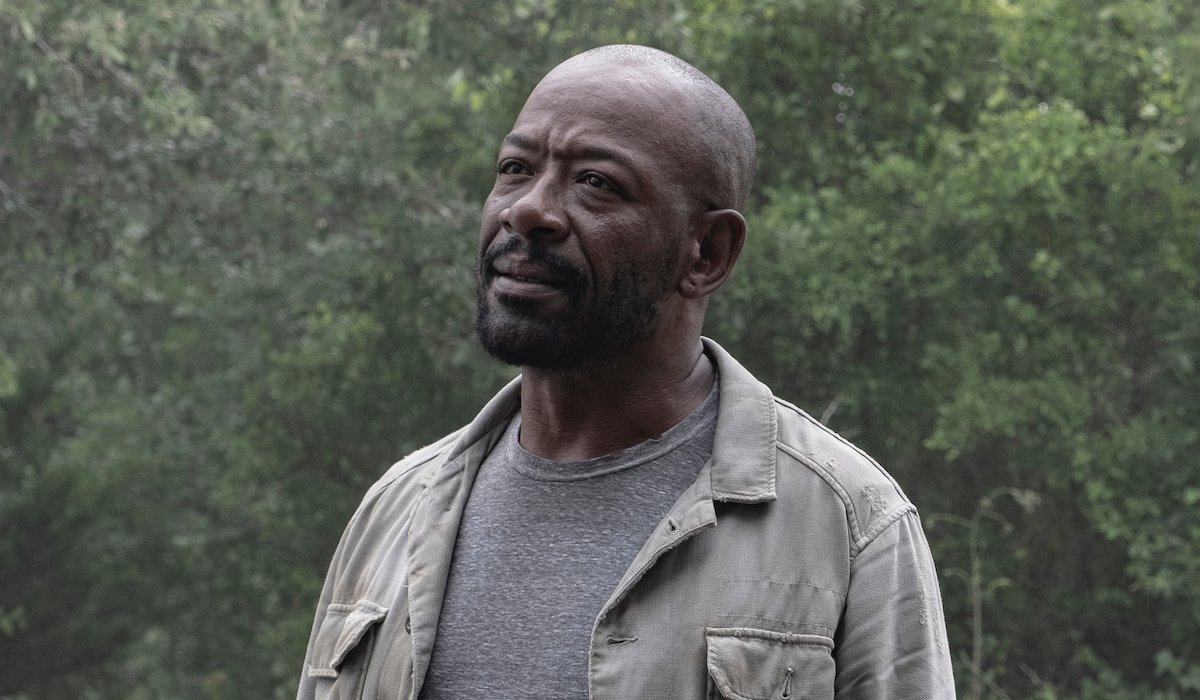
Morgan's Comic Book Life Was Limited In Comparison
No one would ever make the leap to say that Morgan Jones wasn't an important element of the Walking Dead comic books, but the original iteration doesn't hold a two-dimensional candle to Lennie James' trauma-stricken Morgan. The two shared the same initially fractured headspace, but the comic version got killed off soon after he found optimism again through a relationship with Michonne.
Meanwhile, TV Morgan was able to rise about his mental issues thanks to John Carroll Lynch's sage mentor Eastman, as well as a transition over to Fear the Walking Dead following the All Out War with the Saviors. Morgan isn't immune to depression-filled relapses, but he did reach a form of closure concerning the deaths of his wife and son. (Although things aren't going too well for him after Fear's Season 5 finale.)
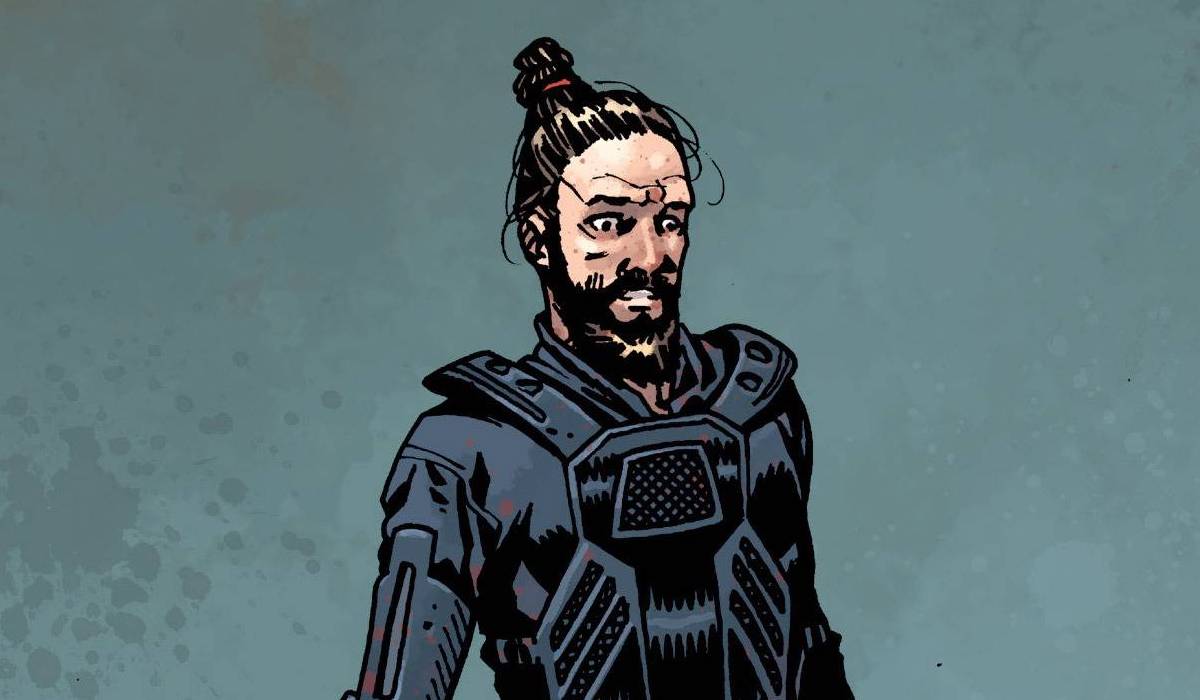
Jesus Did Not Survive The TV Show
One of The Walking Dead's most popular characters who wasn't known for anchoring big storylines, the comics' Paul "Jesus" Monroe long served as the definition of a consummate badass. With skills all over the map, and a loyalty to match, Jesus made it to end of The Walking Dead's comic book intact.
Tom Payne's Paul "Jesus" Rovia, however, did not share the same luck as his illustrated counterpart. While still considered an awesome character, TV Jesus wasn't utilized as often as he could have been, and he rather unfortunately served as the first on-screen victim of The Whisperers.
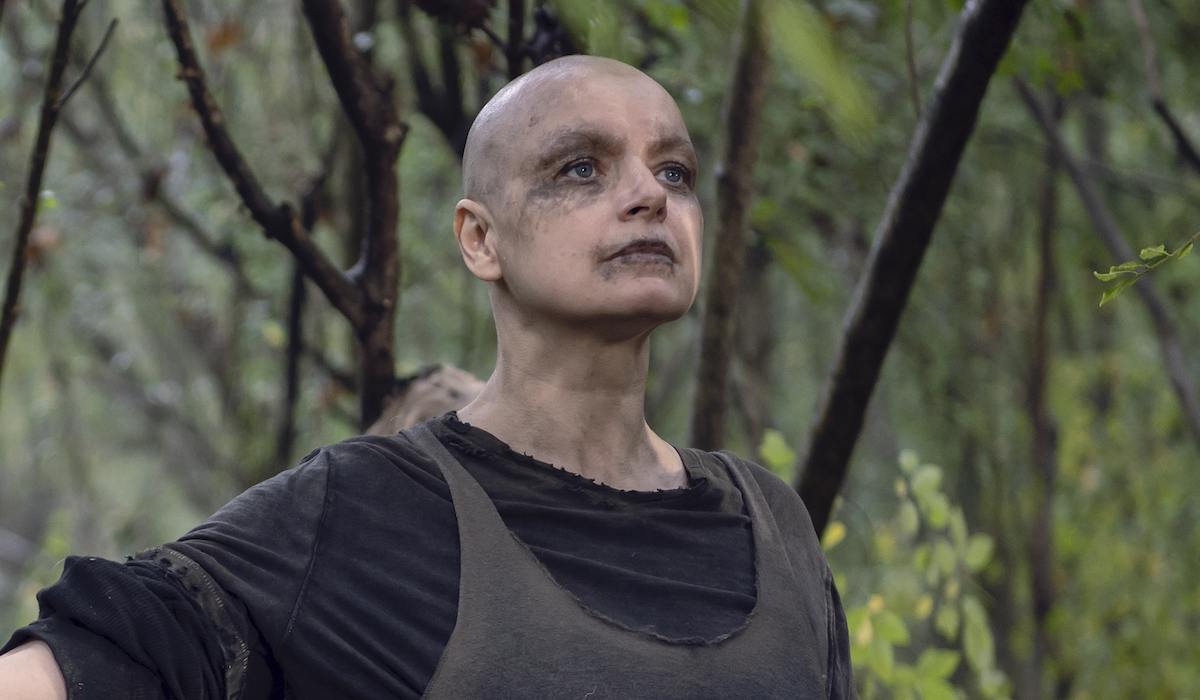
Alpha And Lydia Got A Backstory In Live-Action
After giving comic readers the fully fleshed-out big bad Negan, The Walking Dead went the more mysterious route when introducing Alpha and the Whisperers, with their skin-wearing tactics getting attention over any attempt at a backstory. The monstrous Alpha had no non-monstrous origins, and her parenting skills left little reason to question why Lydia would want to get away from that lifestyle.
But because television is a medium that requires more story to fill the time, showrunner Angela Kang and her creative team have found ways to shine a light on Alpha and Lydia's past. In particular, Season 9's (poorly rated) "Omega" showed fans that prior to getting the Whisperers started, Alpha had already gone over the deep end in terms of her beliefs about survival, having murdered Lydia's father, among other horrifying things.
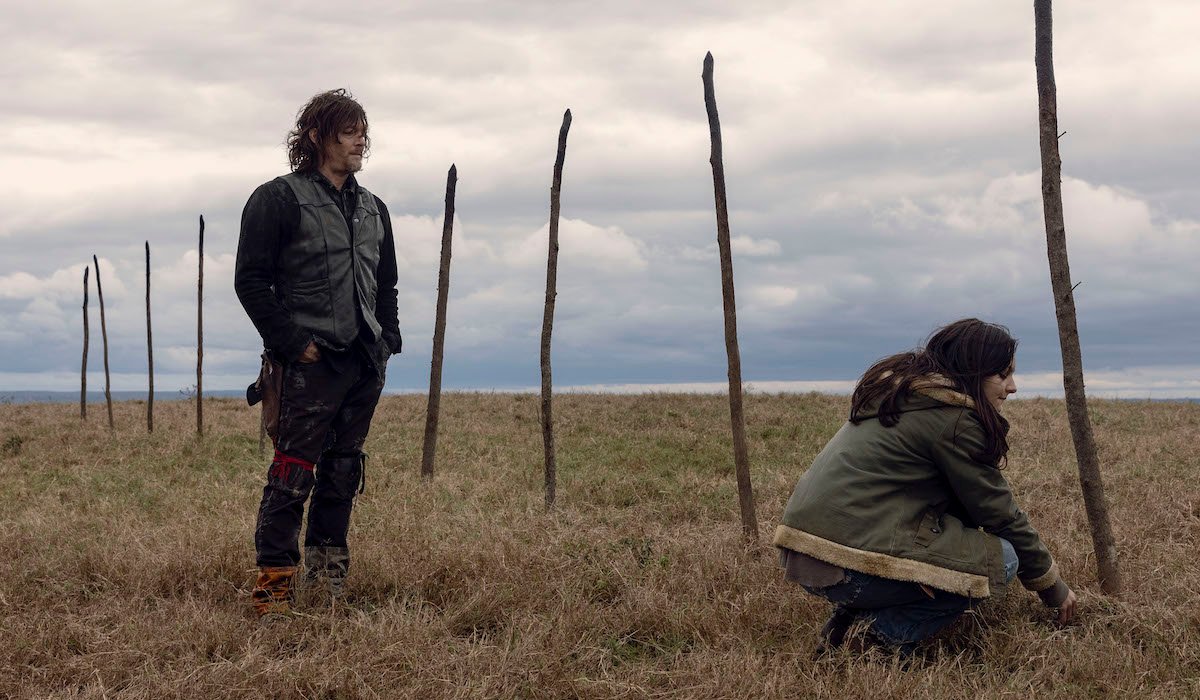
Almost All Of Alpha's Victims Were Different For The Fair Massacre
As soon as AMC's The Walking Dead brought out The Whisperers, fans were immediately flooded with worried speculation about which characters' heads would end up atop the pikes marking the villains' territory border. The comic had shockingly killed off two major characters, Ezekiel and Rosita (who was pregnant), while also offing a bevy of supporting survivors like Tammy Rose, Carson, Luke, Amber and more.
With the way the TV show had maneuvered its storyline to this point, The Walking Dead had to offer up a different set of victims for Alpha and the Whisperers, with only Tammy Rose dying in both versions. Alana Masterson's Tara, Matt Lintz's Henry and Katelyn Nacon's Enid were the most noteworthy deaths in the live-action massacre, and thus didn't have quite the impact that the moment did in the comics, effective as it was.
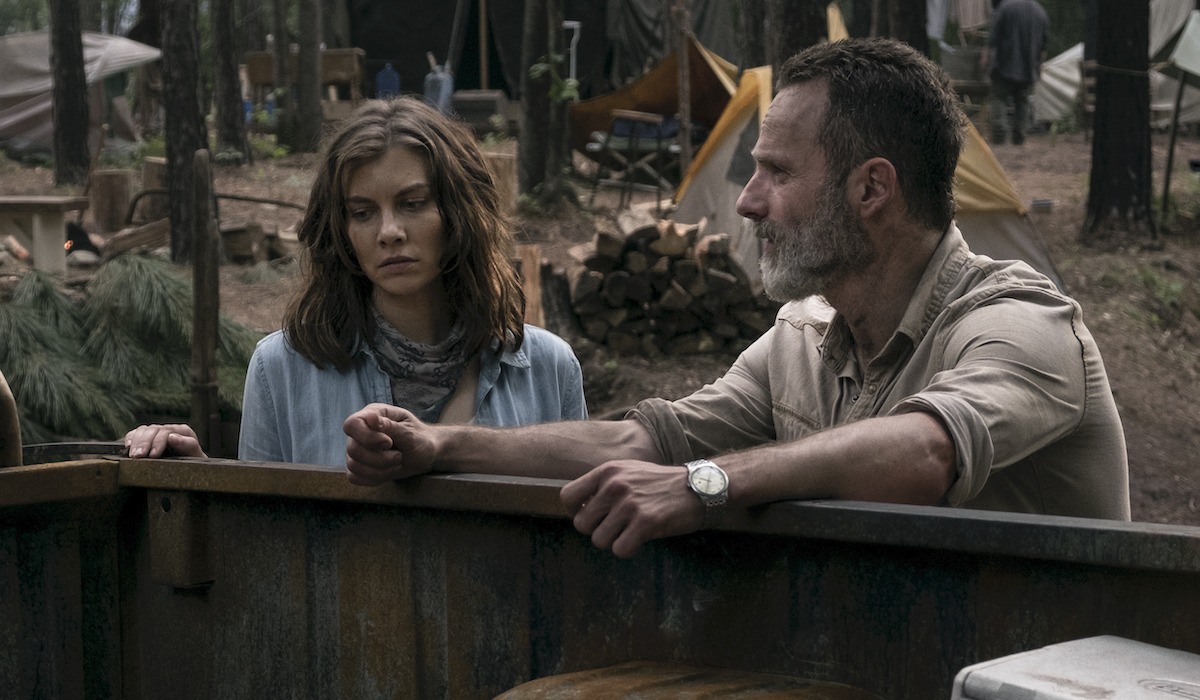
Rick And Maggie Never Left The Comic Book
This last year was a massive one for the characters of Rick and Maggie, both in the comic book and in the TV show. On AMC, Andrew Lincoln's stoic hero was nearly killed while sacrificing himself for the greater good, but was saved by Jadis and whatever character was piloting that mysterious helicopter; his fate will late be revealed through a set of theatrical feature films. Meanwhile, TV Maggie exited the ongoing narrative in order to hit the road with Georgie, largely due to star Lauren Cohan finding work elsewhere; it was revealed that Cohan will return as a series regular in Season 11.
It's not yet been confirmed if TV's Rick and Maggie will be heading to the gigantic safe haven from the comics known as The Commonwealth, but that's where the elder Grimes protagonist tragically met his maker during the final run of issues. It's entirely possible that Rick will end up getting killed off in a similar way in the movies, but in any case, the comic iteration didn't spend a bunch of time separated from his loved ones before his story was rudely ended.
The Walking Dead will be around for years still, even though the comic book is done, so perhaps there will be a point when the show doesn't even have any comic book storylines to differ itself form. Season 10 debuts on AMC on Sunday, October 6, at 9:00 p.m. ET, so be sure to tune in and see where the Whisperers' story is going next.

Nick is a Cajun Country native and an Assistant Managing Editor with a focus on TV and features. His humble origin story with CinemaBlend began all the way back in the pre-streaming era, circa 2009, as a freelancing DVD reviewer and TV recapper. Nick leapfrogged over to the small screen to cover more and more television news and interviews, eventually taking over the section for the current era and covering topics like Yellowstone, The Walking Dead and horror. Born in Louisiana and currently living in Texas — Who Dat Nation over America’s Team all day, all night — Nick spent several years in the hospitality industry, and also worked as a 911 operator. If you ever happened to hear his music or read his comics/short stories, you have his sympathy.
